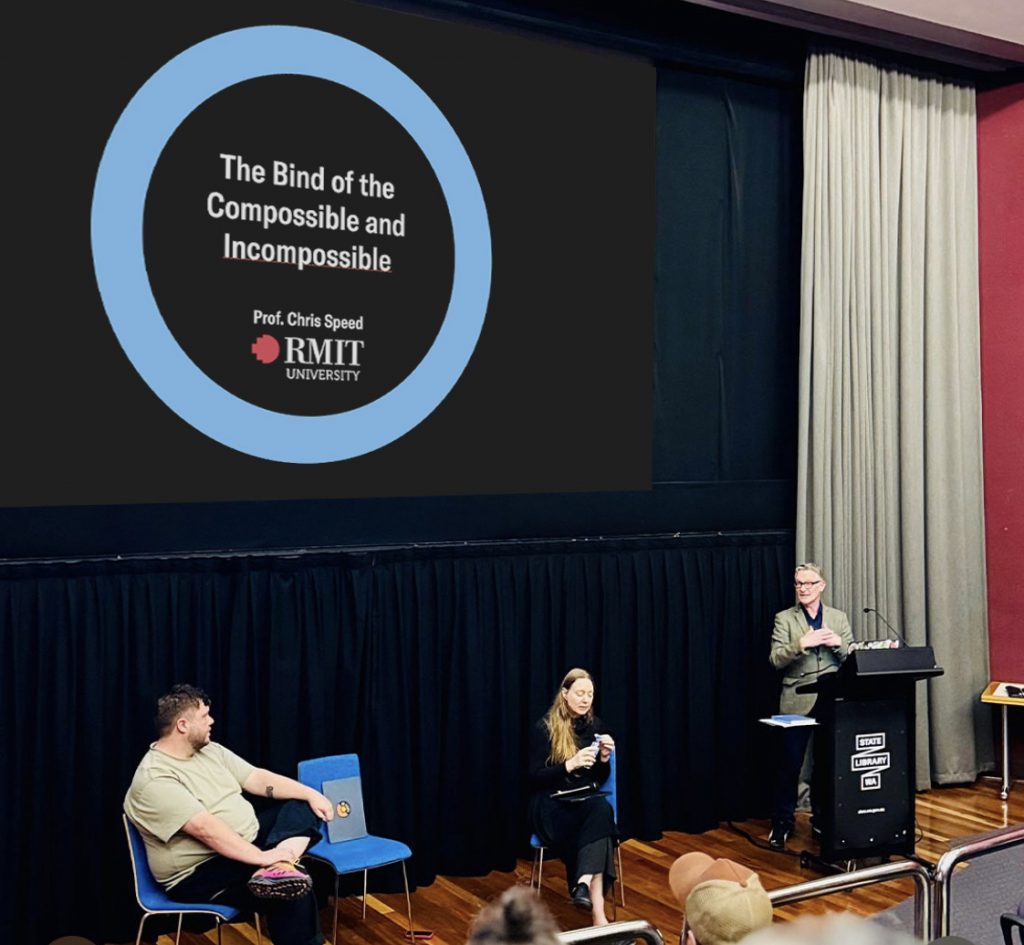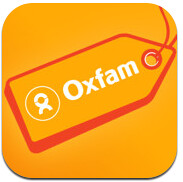From RememberMe to Shelflife
Well here it is…
http://shelflife.oxfam.org.uk/
After 18 months since we offered up RememberMe at Future Everything in Manchester the Oxfam App is launched for a ten store pilot in Manchester.
The project’s emphasis upon personal stories is an antithetical response to the quantitative data such as price, temperature or other logistical data that reside in supermarket databases and that are accessed through scanning the barcode on a product. The relationship between an object that is in someway labelled with a barcode or RFID tag, the database in which the tag is held as an entry, and the scanner that can connect the two has become of particular technical and social interest in recent years. 
Today software applications for smart phones have capitalized on the camera function and the constant connection to the internet that contemporary mobile phones have. Using software applications that are able to read barcodes, users are able to scan products and draw down information from the internet about the cost, price and whereabouts of a product. The sharing of data across the internet and the use of artefacts as ‘portals’ to this data is one aspect of a cultural and technical phenomenon known as the Internet of Things. The term Internet of Things (coined by Kevin Ashton at the Auto-ID research group at MIT in 1999 (Ashton 2009)) refers to the shift that is anticipated as society moves to a ubiquitous form of computing in which every device is on and connected in some way to the internet.
The implications for the Internet of Things upon production and consumption are tremendous as this new paradigm has the potential to change the ways in which people shop, store, and share products. The analogue bar code that has for so long been a dumb, encrypted reference to a shop’s inventory system will be superseded by an open platform in which every object manufactured will be trackable from cradle to grave—from manufacturer to distributor, to potentially every single person who comes into contact with the object, following its purchase. RememberMe subverted the shopping experience in which people might expect to receive logistical data about an object and instead provided them with social information. The result of this supplementary information meant that every object (approximately 50 in total) was sold, even the types that are notoriously hard for a second hand shop to sell, such as a sweater that had become frayed or a 7 inch vinyl record of a student band.
To see the project enter the UK high street is an exciting development and we hope that it will eventually role out nationally – maybe even internationally!
The Oxfam press release read as follows:
Ever wished an object could tell its story? That’s the idea behind Oxfam’s unique pilot scheme, Oxfam Shelflife, launching on 27 February in 10 Oxfam shops across Manchester. The Oxfam Shelflife app uses QR codes to enable the public to discover the stories behind Oxfam’s donated, ethical and Unwrapped products, and even share their own stories for the items they donate.
The project is the latest innovation from Oxfam which promotes sustainability by encouraging people to look beyond disposable consumerism. The stories behind vintage and second-hand items are all part of their desirability. At the moment these stories can be lost when an item is acquired by a new owner but Oxfam Shelflife enables the stories to stay with the items in a more long-lasting way.
Oxfam’s Sarah Farquhar, Head of Retail Brand said: “Every item has a story to tell and Oxfam Shelflife enables people to share these stories. We’ve found that items with an interesting story behind them are instantly more appealing to our customers so we hope Oxfam Shelflife will encourage people to love items for longer. This commitment to sustainability is an important part of what Oxfam shops bring to the high street.”
The scheme allows donors to ‘tag’ a QR code to their donated object, using the free Oxfam Shelflife app on their iPhone and share the story behind the item for the next owner to discover. Shoppers who visit the participating Oxfam stores can then scan the QR code on the item, via the app, which will take them to the unique story behind the object. Usually QR codes direct users to a website or URL but the Oxfam Shelflife app enables users to engage and interact with the technology, taking QR codes on to a new level.
The concept behind Oxfam Shelflife is based on an original idea developed by the Tales of Things initiative (TOTeM: Tales of Things and Electronic Memory), a collaboration between five British universities: University College London, The University of Edinburgh/Edinburgh College of Art, Brunel University, the University of Dundee and the University of Salford. The TOTeM initiative was funded by a £1.4m grant from the Engineering and Physical Sciences Research Council.
Dr Chris Speed from the Edinburgh College of Art and part of the TOTeM team said: “Oxfam Shelflife has the potential to transform shops from places of consumption into places of stories and reflection. Shopping is no longer about buying things from unknown people in unknown places, instead the Oxfam Shelflife app will allow people to ‘write’ their stories on to products and help prevent them heading for the landfill.”
To find out more about the Oxfam Shelflife project and find a participating shop visit http://shelflife.oxfam.org.uk/how_it_works/
Following our theme of phones as telematic portals Jane bought this today:

and the digital instance of the same ‘thing’:

This is the Oxfam rather super home made movie:
and links today include:
http://www.bbc.co.uk/news/technology-17152221
http://www.guardian.co.uk/technology/appsblog/2012/feb/27/apps-rush
Related posts

“This communication is not for you.”
Looking to connect 2 recent events / conversations (as is my want) this time to explore a fundamenta

Design Frequencies: Sharing International Practice in Design Research
Already deep into semester two here. Last semester School of Design RMIT College of Design and Socia

The Labour of the Rejected / “Walk the Plank”
Still playing catchup with so many events. A few weeks ago during hashtag#DIS2025, Mafalda Gamboa an

Design Contradictions
Two projects during Melbourne Design Week with collaborators Michael Dunbar and Liam Fennessy to exp

Paradox of Collaborative Speed
Two events in Melbourne over the past 10 days week revealed a tension across contemporary technology

Slow Materials, Slow Money: Can Design Decelerate?
Two events that I’m trying to tie together to glean some connections. The CHI panel on Regenerativ

From Food Networks to AI Governance
Back to reporting on events in Narme/Melbourne. From Food Networks to AI Governance: Reflections on

Planetary Pedagogies
Following the launch of PlanetaryCivics two weeks ago, this is the second extension to contributions

Space Debris to House Keys
Part 2 of catching up with the weeks of activity in Melbourne through February. From Space Debris to

Measuring our demise
Oh Melbourne, three parallel events that spanned the week: RMIT College of Design and Social Context
